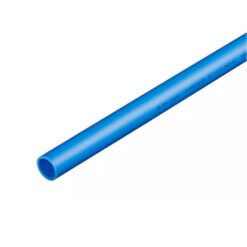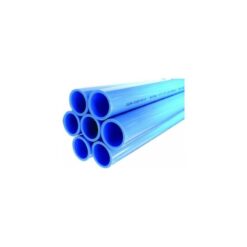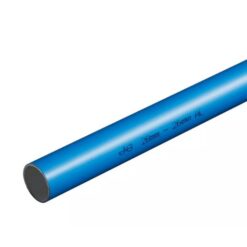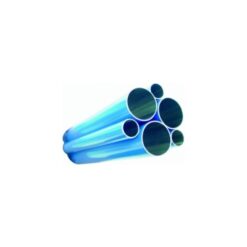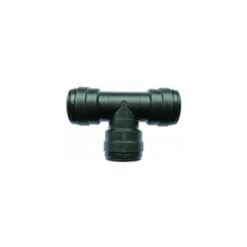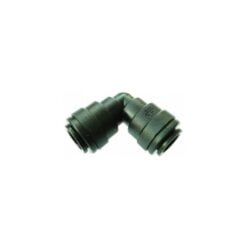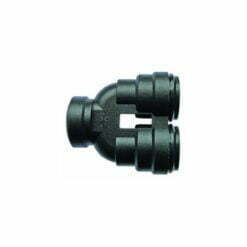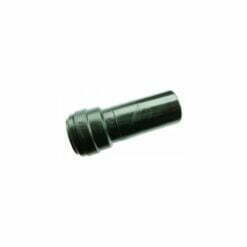Distributing air using compressed air pipework is essential for various industrial and commercial applications. It’s important to understand which air compressor pipework set up would best suit you. Indeed, there are many contributing factors when it comes to deciding how to set up compressed air piping including cost, efficiency and the space you have available to you.
This article will help guide you through different set ups, but please always give us a call: 01932 348777 if you require assistance. Alternatively, if you are in & around Surrey and the home counties, please visit our air compressor design and fit service page and book us in to design and fit your entire air compressor piping system.
Straight Line Distribution Pipework
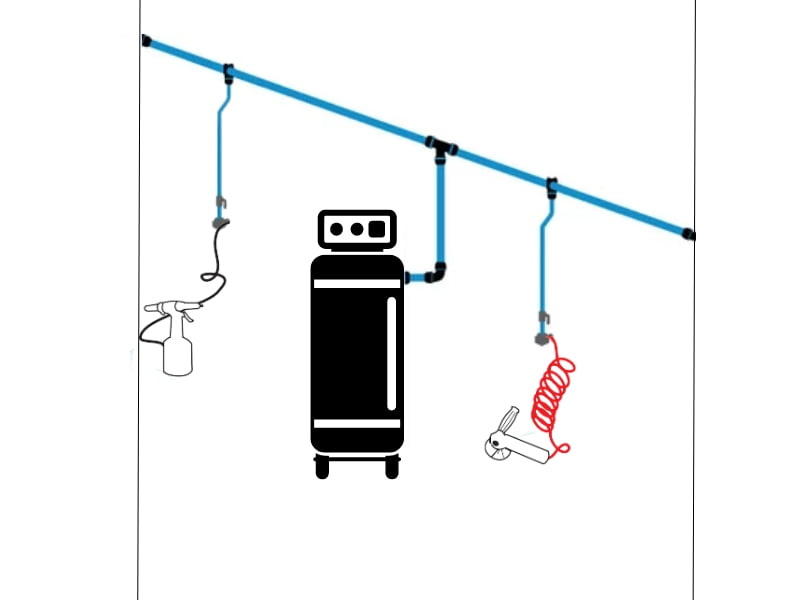
Imagine a straight line running from your air compressor, along a wall, and terminating at a piece of machinery or spray booth. This is the simplest and most cost-effective method for distributing compressed air to a few users. However, it has a crucial drawback: if someone turns on a high-demand air tool between the compressor and the final outlet while others are using air, the pressure and flow will plummet. As a result, this could result in costly consequences such as damaged equipment.
Ring Main Distribution Pipework
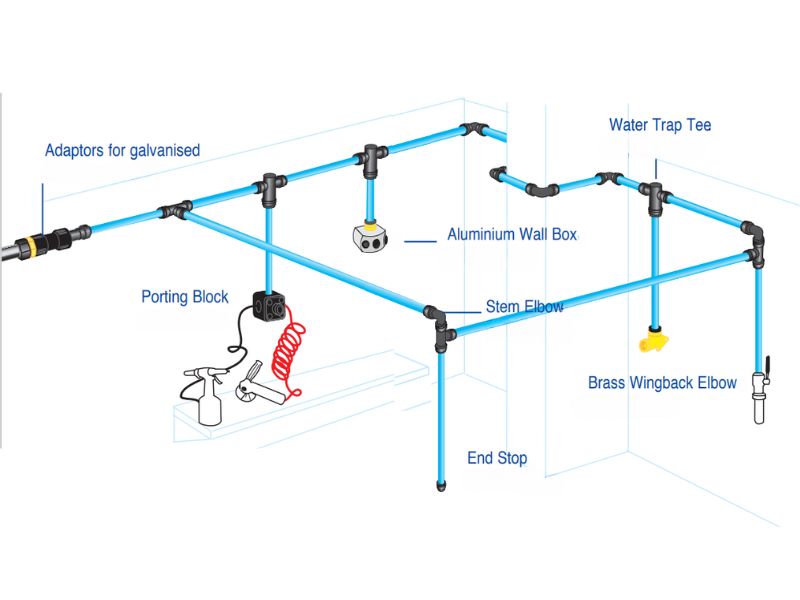
On the other hand, a ring main system presents a different approach. Just as electricity travels the path of least resistance, compressed air tends to be “lazy” and naturally flows into a ring shape from any direction. This eliminates pressure drops even when multiple users are demanding air simultaneously. While more expensive to install, ring mains are the preferred choice for larger workshops or industrial applications where multiple users are likely to be operating air tools at the same time.
Choosing Between Straight Line and Ring Main:
In summary, straight line distribution pipework is more suitable for smaller workshops, provided users understand the potential challenges. This setup offers a cost-effective solution but requires careful consideration of tool usage to prevent pressure drops.
Conversely, ring mains are typically found in larger buildings with multiple air users and the potential for simultaneous high-demand air consumption. While slightly more expensive, the investment pays off by ensuring a consistent air supply across the system, regardless of where equipment is operated within the ring.
When might you need a Compressed Air Distribution Pipework?
As air compressor piping allows several users to use air from the same air compressor at the same time and from anywhere in the garage or workshop. There are several reasons as to why people may need an air distribution system like this:
Powering Air Tools
- Compressed air serves as a powerful source for pneumatic (air) tools, including impact wrenches, nail guns, drills, and sanders.
- Proper air distribution ensures a consistent and reliable air supply to these tools, driving efficiency and productivity in workshops, garages, and construction sites.
Operating Machinery
- Compressed air plays a crucial role in many manufacturing processes, powering machinery such as control systems, actuators, and automated production lines.
- Efficient air distribution ensures smooth and uninterrupted machinery operation, maximising production efficiency and minimising downtime.
Spray Painting and Finishing
- Air compressors are integral to spray painting applications, including automotive painting and furniture finishing.
- Proper air distribution delivers a steady and controlled airflow to spray guns, resulting in consistent and high-quality finishes on painted surfaces.
Cleaning Applications
- Compressed air finds wide application in cleaning workspaces, machinery, and components, as well as for blowing debris or drying surfaces.
- Efficient air distribution ensures the availability of high-pressure air at designated points, enabling effective cleaning and blowing processes.
HVAC System Operation
- In certain HVAC (Heating, Ventilation, and Air Conditioning) systems, compressed air controls dampers and valves to regulate airflow and temperature.
- Proper air distribution is essential for maintaining a comfortable and controlled indoor environment, optimising HVAC system performance.
Compressed air piping plays a vital role in a wide spectrum of applications, extending from industrial processes and manufacturing to critical services like healthcare and environmental management. Efficient air distribution contributes to the overall functionality, reliability, and safety of various systems and processes.
What is the Best Piping for Air Compressors?
We strongly recommend the John Guest Speedfit range of air compressor pipes and fittings. The reason being that they are strong, safe, leakproof and fit together with ease. In fact, John Guest piping & fittings are so user friendly, that it reduces installation time by up to 50%!
Check out products from the John Guest range below:


